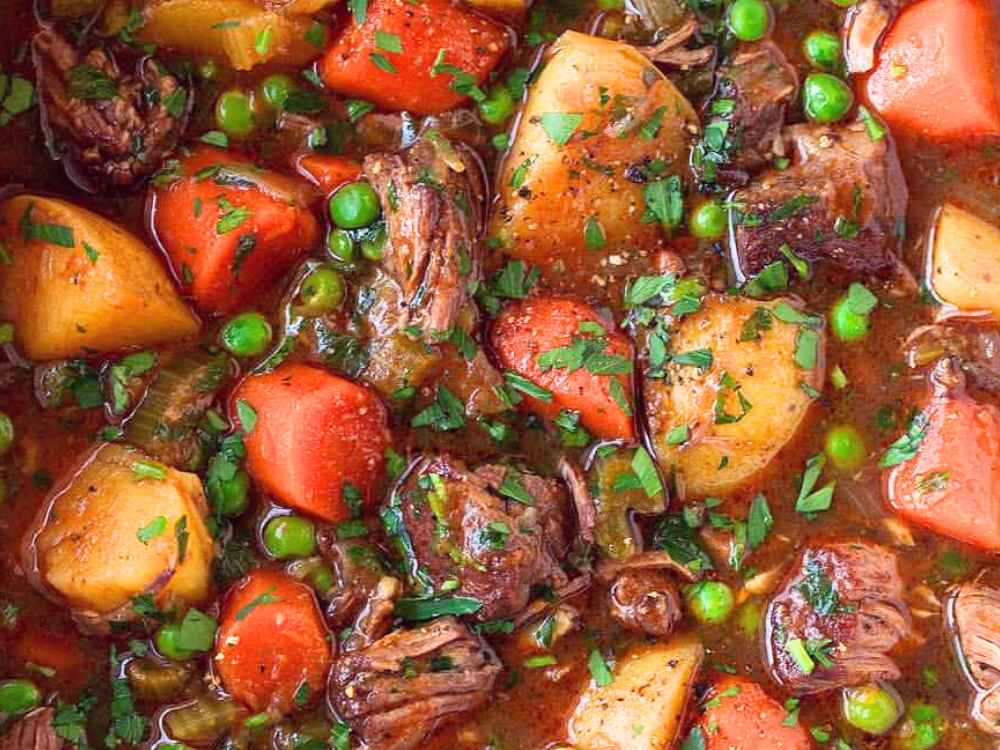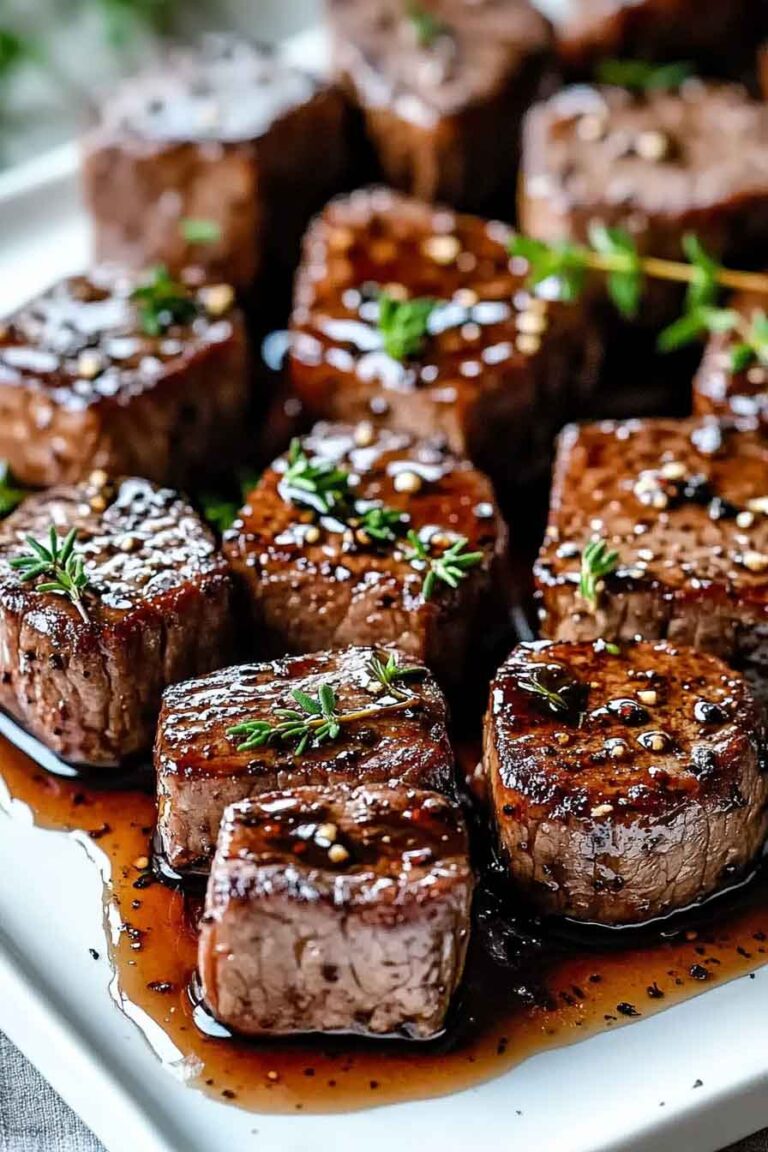Slow Cooker Beef Stew Recipe: The Ultimate Comfort Food for 2024

Y’all know what it means when cooler temperatures start creeping in—it’s time to break out the slow cooker! And what better way to welcome fall than with a comforting, hearty slow cooker beef stew? Whether you’re a fan of tender chunks of beef or the deep, roasty flavors of a long-simmering stew, this recipe has got you covered. Imagine coming home from a long day to the warm aroma of beef, potatoes, and carrots mingling in a rich, savory broth. That’s exactly what’s waiting for you with this no-fuss, deeply flavorful stew. Let’s dive into the details of how to make this classic dish that will soon become your go-to comfort food!
Why Slow Cooker Beef Stew is the Perfect Comfort Food
There’s something magical about slow-cooked meals. The gentle heat of the slow cooker allows the beef to tenderize beautifully, while the flavors from the vegetables and seasonings mingle into a rich broth. Plus, it’s an incredibly convenient meal to make—you simply throw everything into the slow cooker and let time do the rest!
Why is slow cooker beef stew so great?
- The slow-cooking process breaks down the beef, making it melt-in-your-mouth tender.
- You can toss everything in the slow cooker in the morning, and by evening, dinner is ready without the need for constant attention.
- It’s a nutritious, filling meal full of protein, vitamins, and wholesome vegetables.
Essential Ingredients for Slow Cooker Beef Stew
When it comes to creating the perfect slow cooker beef stew, quality ingredients are key. Here’s what you’ll need:
- Beef: This recipe calls for stew meat, but feel free to grab a chuck roast and cube it yourself if you prefer a little more control. About two pounds of beef is perfect, but don’t worry if you have extra—it freezes well for later!
- Vegetables: Classic stew veggies include carrots, potatoes, onions, and celery. They add texture and flavor to the dish.
- Broth & Flavorings: Use beef broth or stock, Worcestershire sauce, bay leaves, paprika, and a dash of salt and pepper to build a savory broth.
- Optional Ingredients: Consider adding a splash of red wine for a deeper flavor or frozen peas at the end for a pop of color.
Step-by-Step Guide to Making Slow Cooker Beef Stew
Making beef stew doesn’t have to be complicated. Here’s how to achieve that rich, comforting flavor:
1. Prep the Beef
Start by cutting your beef into 1-1.5 inch pieces if it’s not already cubed. Coat the beef in a mixture of flour, salt, and pepper by tossing it in a Ziploc bag for easy coating. This helps develop a beautiful crust on the beef, which adds richness to the stew. While some recipes suggest tossing the beef directly into the slow cooker, I highly recommend searing it first. It’s a small extra step, but trust me—it’s worth it!
2. Sear the Beef
Get your skillet nice and hot and add a bit of neutral oil. Sear the beef in batches, making sure not to overcrowd the pan. You’re looking for that deep golden crust that adds incredible depth to the stew. Once seared, transfer the beef to the slow cooker.
3. Deglaze the Pan
Don’t waste all those delicious browned bits left in your skillet! Deglaze the pan with a splash of red wine or beef stock. Scrape up the browned bits—this is pure flavor gold—and pour it over the beef in the slow cooker.
4. Add the Vegetables and Broth
Now, layer your onions, carrots, celery, and potatoes on top of the beef. Add garlic, a bay leaf, a pinch of paprika, and a dash of Worcestershire sauce. Pour in about 1 ½ cups of beef stock (or slightly less if you used wine to deglaze the pan).
5. Set It and Forget It
Cover and cook on low for 8 hours or on high for about 4 hours. During this time, the magic happens—the beef becomes tender, the vegetables soak up all the flavors, and the broth thickens into a luscious gravy.
Tips for Enhancing Your Slow Cooker Beef Stew
- Thicken the Gravy: If you prefer a thicker stew, you can mix a tablespoon of cornstarch with cold water and stir it into the stew during the last 30 minutes of cooking.
- Add Herbs: Fresh herbs like thyme or rosemary can really elevate the flavor. Add them in during the last hour of cooking for the best taste.
- Don’t Forget the Peas: Like my mom, you might want to toss in some frozen peas during the last 15 minutes of cooking for a burst of green and sweetness.
Variations of Slow Cooker Beef Stew
This classic stew recipe is incredibly versatile! Here are some fun variations to try:
- Beef Stew with Red Wine: Add an extra layer of depth by increasing the red wine and reducing the beef stock.
- Spicy Beef Stew: Add a dash of paprika or chili flakes for a bit of heat.
- Gluten-Free Version: Swap out the flour for cornstarch or a gluten-free flour blend.
Frequently Asked Questions About Slow Cooker Beef Stew
1. Can I Make Beef Stew Without Browning the Meat First?
Yes, you can skip the searing step, but keep in mind you’ll miss out on some of the flavor that comes from caramelizing the meat.
2. How Do I Store and Reheat Leftovers?
Leftovers can be stored in the fridge for up to 3 days. Reheat gently on the stovetop or in the microwave. You can also freeze the stew for up to 3 months.
3. What Are the Best Substitutes for Potatoes or Beef?
Sweet potatoes are a great substitute for regular potatoes, and lamb or pork can be used in place of beef for a different take.
Serving Suggestions for Slow Cooker Beef Stew
What’s the best way to serve this hearty stew? You can’t go wrong with a side of crusty bread to mop up the rich broth. You can also serve it over mashed potatoes or rice to make it an even more filling meal. Garnish with fresh parsley for a touch of brightness.
Conclusion
Slow cooker beef stew is the ultimate in cozy, comforting meals. With tender chunks of beef, perfectly cooked vegetables, and a rich, flavorful broth, this dish is sure to become a family favorite. And don’t forget—those little extra steps like searing the beef and deglazing the pan with red wine really pay off in the depth of flavor. Ready to warm up with a bowl of this classic stew? Fire up your slow cooker and get started! You won’t regret it.






